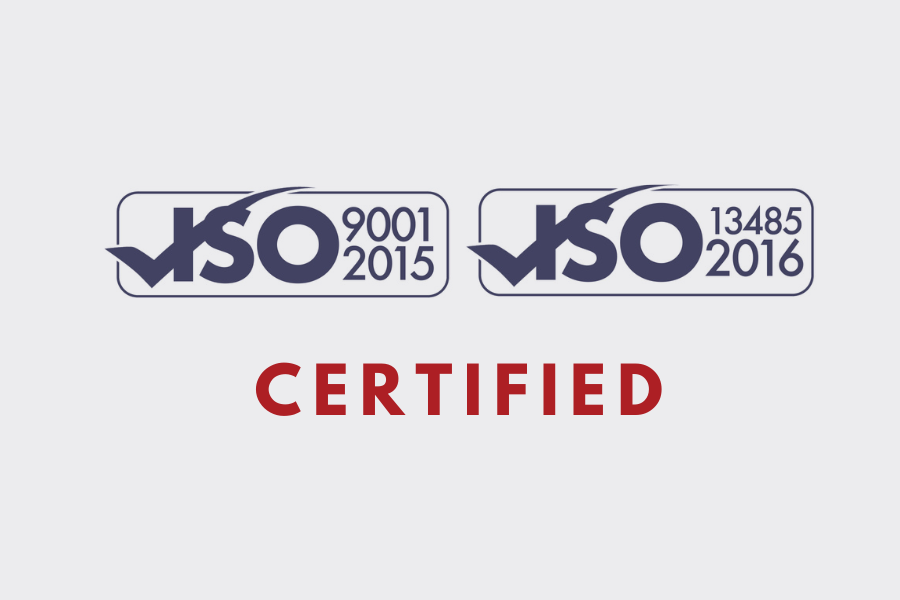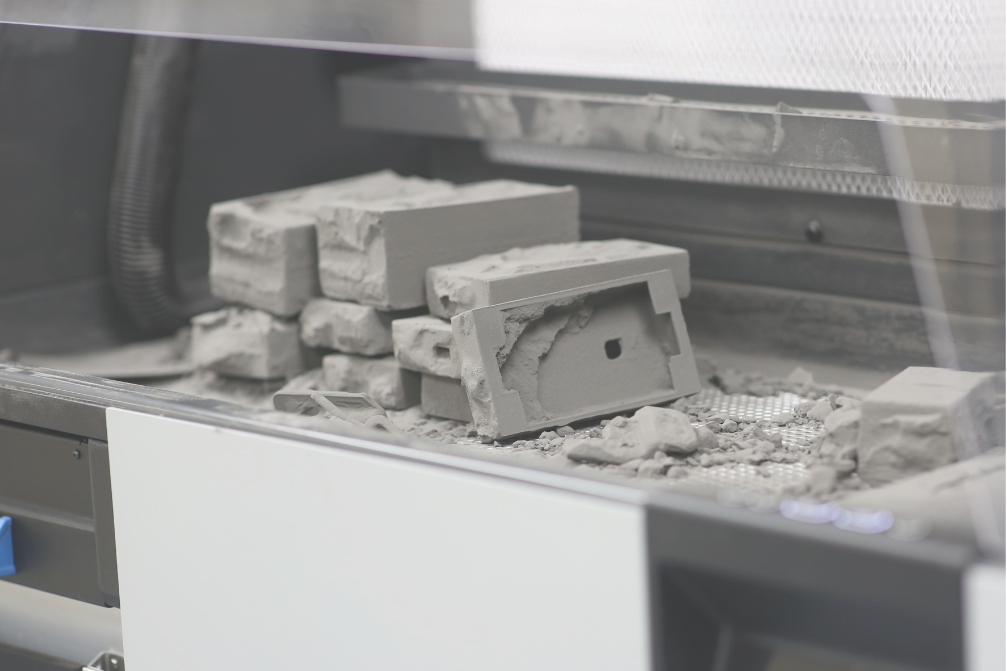EDITOR’S NOTE: This post is the third in a three-part series that explores the topic of cost reduction. We hope you enjoy these posts and find them useful.
Welcome back! In the first post of this series, we identified six kinds of costs: piece price, quality requirements, non-recurring engineering (NRE), conflicts in goals, transaction and speed.
We also discussed piece price and quality requirements in detail. Our second post in the series focused on NRE and conflicts in goals. Here, in our final post of this series, we’ll explore how transaction and speed play a part in impacting a project’s cost. Let’s get started by looking at transaction as a cost driver.
Transaction
Transaction costs are the expenses a customer incurs when setting up a new supplier internally. Let’s suppose a customer needs a single-time buy of something that costs $1,000. An existing supplier might be able to do the job just fine. But what if the customer wants to shop around and/or find a new supplier?
Before that can happen, the customer might need 3-4 of its people to audit the prospective new supplier and confirm them as qualified. The audit and confirmation process itself might cost $3,000 (or more). That additional figure is the transaction cost, and overlooking it can lead to some unpleasant surprises.
Additionally, be aware that in regulated environments, annual supplier audits and supplier maintenance can increase costs with each new supplier a customer adds.
Speed
Speed becomes a driver of cost when the demand for something causes a disruption. Let’s say a customer needs a supplier to produce 50 of something. It’s well received in the market and sells out immediately – and now everybody wants one. The customer comes back to the supplier and says it needs 1,000 more within two weeks because that’s what the market is demanding.
This scenario requires the supplier to realign all of its resources in order to satisfy the customer’s demand – the supplier might need people to come into work over a weekend or stay late for several evenings. Either way, the customer will have to pay a premium for the disruption that the demand creates on the supplier’s end. Obviously, this kind of scenario is not sustainable over the long term, which drives home the importance of planning.
Charging a one-time expediting fee is always preferable to adjusting the piece price. An expediting fee also sets expectations, because the customer understands that if they don’t put the burden of urgent requirements on the supplier, then they can expect a predictable piece price.
Luckily, it’s possible to mitigate many speed cost factor situations with a little planning and some well-timed conversations. Let’s say a customer places an order for 50 of something that’s a consumable part. We can set up Kanban systems or min/max scenarios to ensure the customer is never left with an emergency. We might deliver that 50-count order with a package of 40 items ready to go and a separate package of 10 items. When the customer has sold the first 40 items and opens the 10-count package, they know it’s a reorder point.
Alternatively, we can have an agreement where we hold a “reserve” quantity on our end as inventory, in case a customer unexpectedly runs low on something and needs more in a hurry.
What can we help you do?
Your supplier should always focus on your company’s interests and concerns – and that includes identifying and addressing all of the factors that can affect cost. Choosing the right supply partner will do much more than just fill a need or provide a service: it will help you save money, make more informed buying decisions, and build a better business. That’s a lot of bang for your buck.
Ready to learn more about what CST Precision can help you accomplish? Please contact us at info@cstprecision.com or 864-879-8165. We’d love to work with you, from concept to prototype, print to part, prototype to production, and production to supply chain fulfillment!




